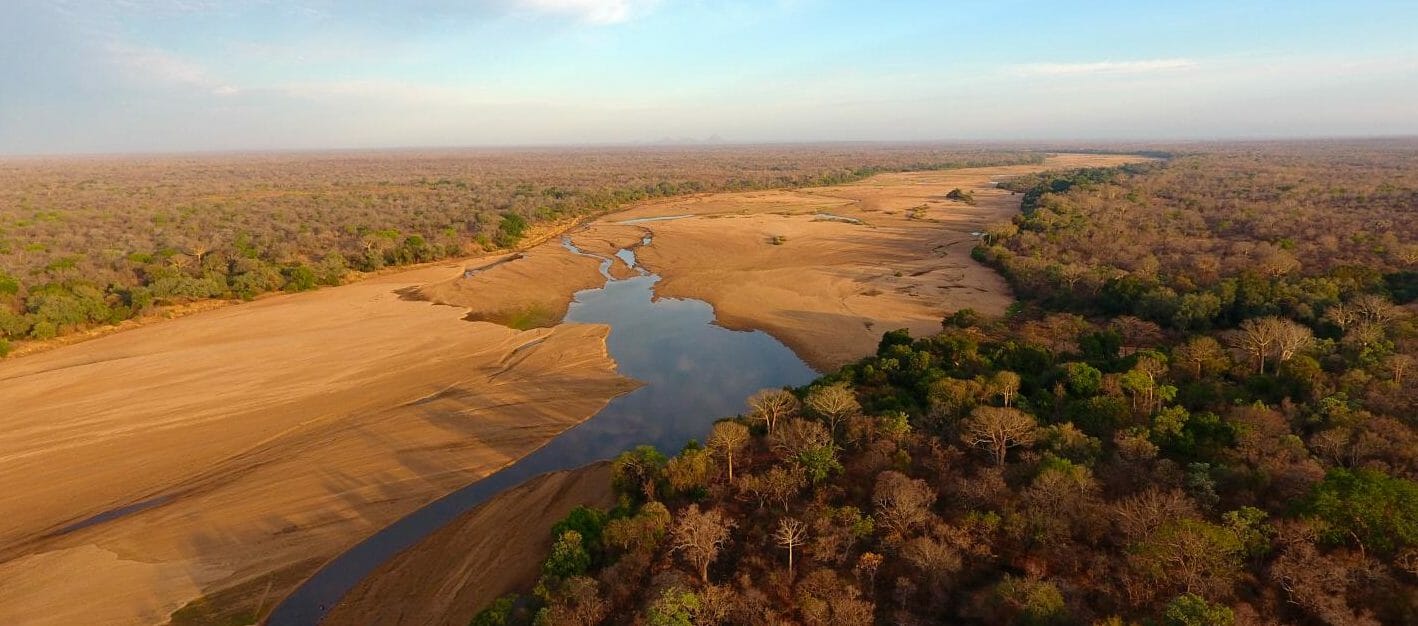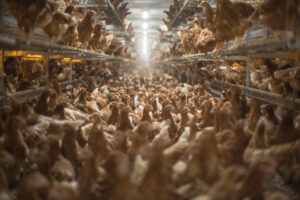A Warmer World Needs More Habitat Protection
The conversion of wilderness for urban growth, agriculture and pasture has already caused losses of perhaps one species in 10 in ecosystems disturbed by humankind. Climate News Network
Climate News Network
Some time later this century, the world’s need for protected habitat will be more acute even than today.
The greatest danger to the wild vertebrates that roam the planet will not be the intruding humans, their livestock and their pesticides and herbicides. It will be human-induced global warming and climate change.
The conversion of wilderness—forest, grassland and swamp—to urban growth, agriculture and pasture has already caused losses of perhaps one species in 10 in the natural ecosystems disturbed by humankind.
But what could be catastrophic climate change driven by profligate human burning of fossil fuels could by 2070 overtake the damage delivered by changes in the way land is used, with catastrophic consequences for birds, reptiles, mammals and other vertebrates.
Losses could reach 20% or even 40%, according to a new study in an academic journal, the Proceedings of the Royal Society B.
And a second, separate study in another journal spells out the challenge for governments, communities and conservators: the present targets for biodiversity conservation are simply inadequate. They leave 83% of the land surface unprotected, and 90% of the oceans not effectively conserved.
There have been calls to set at least half of the globe aside for the wild animals, plants and fungi that—until human numbers began to expand—dominated the planet. But the latest study, in the journal Nature Ecology and Evolution, suggests that even a half-share for nature might not be enough to save many species from extinction.
Researchers have been warning for two decades that climate change poses a real threat to the thousands of known species of wild creature, and millions of plants and animals yet to be identified and monitored.
They have argued that climate change will damage the forests that provide a natural home for countless forms of life; that global warming already presents dangers for known species; and that climate change may already have claimed more victims than anyone has so far realised.
Natural Answer
They have also, in different ways, proved again and again that rich, biodiverse habitats, especially forests, are part of the natural machinery for limiting climate change—and in any case, in simple cash terms, forests are worth more to humankind as natural forests than as plantations, or cattle ranches.
And to rub home the message a third study in the same week, in the Journal of Animal Ecology, highlights the direct dangers of warmer sea waters to the colonies of black-browed albatross in the Southern Ocean. Meticulous monitoring since 1979 has shown that the biggest variation in population growth depends simply on sea water temperatures as the juvenile birds set off for their first year of independence over the open sea.
The cold Antarctic waters are rich in dissolved oxygen and support enormous levels of plant and tiny animal life on which the birds, fish and sea mammals depend. As waters warm, food becomes less available.
“As our oceans are projected to warm, fewer juvenile albatrosses will manage to survive and populations are expected to decline at a faster rate,” said Stéphanie Jenouvrier, of the Woods Hole Oceanographic Institution in the US.
The albatross populations of the Southern Hemisphere are already vulnerable: climate change will make them even more at hazard. And researchers have already pointed out that although great tracts of the world have already been declared reserves, many of those territories already protected have been systematically degraded by human invasion.
Heavy Demands
“Humanity asks a lot of the natural world. We need it to purify our water and air, to maintain our soils, and to regulate our climate,” said Martine Maron of the University of Queensland, Australia, who led the Royal Society study.
“Yet even as we increase the extent of protected areas, they don’t necessarily prevent the loss of natural systems. They’re often located in areas that might not have been lost anyway—and the current target of protecting 17% of terrestrial systems will never be enough to protect species as well as provide the benefits humanity needs.”
And her co-author James Watson, of the Wildlife Conservation Society, who is also based at the University of Queensland, said: “We need a big, bold plan.
“There is no doubt that when we add up the different environmental goals to halt biodiversity loss, stabilize runaway climate change and to ensure other critical ecosystems services such as pollination and clean water are maintained, we will need far more than 50% of the Earth’s natural systems to remain intact.”
Your support matters…Independent journalism is under threat and overshadowed by heavily funded mainstream media.
You can help level the playing field. Become a member.
Your tax-deductible contribution keeps us digging beneath the headlines to give you thought-provoking, investigative reporting and analysis that unearths what's really happening- without compromise.
Give today to support our courageous, independent journalists.






You need to be a supporter to comment.
There are currently no responses to this article.
Be the first to respond.